Four Palestinian families are dauntlessly protesting their imminent forced expulsion from their homes in the Sheikh Jarrah neighborhood in East Jerusalem – homes where they have lived for decades. If the Israeli Supreme Court decides in favor of Israeli settlers, and if the petition the families filed with the Supreme Court is denied, the ownership of the houses will be handed over to a settler organization. Eight other families in the neighborhood are set for the same fate later this year.
The families’ outcry has ignited and led a widespread campaign to save the neighborhood.
Part and parcel of Jerusalem’s historical identity
For its strategic and central location in Jerusalem, the Sheikh Jarrah neighborhood is not a new target of settler organizations’ activities. In 2009, Israeli police uprooted two families from Sheikh Jarrah. A total of 53 people, including 20 children, were expelled from their homes, “while their belongings were loaded onto a truck and later dumped on the street close to UNRWA’s headquarters.”
The case of Sheikh Jarrah is part and parcel of the case of Jerusalem – a city divided by the war surrounding Israel’s establishment in 1948. Its western part was conquered by Israel, while the eastern one came under Jordanian control. Following the 1967 war, Israel occupied the rest of the city. It has been 53 years of occupation. Israel continues to unrelentingly change the face of Jerusalem – always at the expense of Palestinian indigenous existence. It unilaterally annexed the occupied Eastern part. It has, to date, expropriated from Palestinians nearly one-third of the land in East Jerusalem, and built 11 Jewish-only neighborhoods on them. It revoked the permanent resident status of at least 14,701 Palestinians from East Jerusalem. It facilitated the settlement of more than 200,000 of its civilian population in East Jerusalem. And it cut the city off from the occupied West Bank, to which it has been historically closely connected, by settlements and an eight-meter-high concrete wall. All of this Israel has done in violation of international law.
Colonial in nature, the Judaization of the land between the Jordan River and the Mediterranean has been feeding on ethnic cleansing of Palestinians. The expulsion of Palestinian families from Sheikh Jarrah is one example. Indeed, Jerusalem is held hostage to Israel’s Judaization schemes.
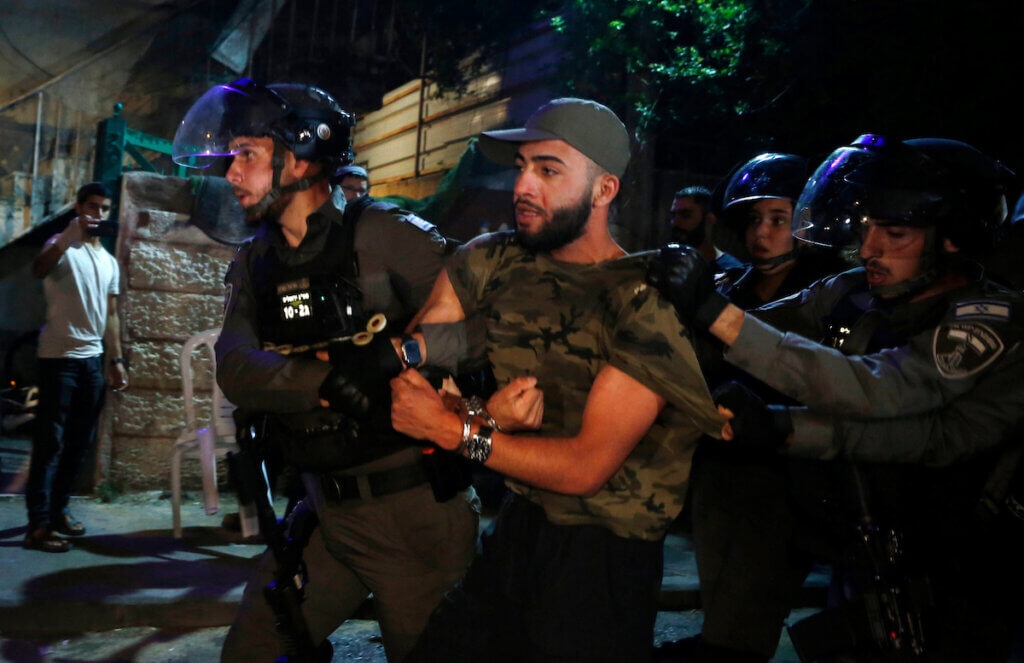
The growing campaign for Sheikh Jarrah
A new generation of Palestinians is leading the struggle for Sheikh Jarrah. It is young, uncompromising, and, thanks to social media, better connected than ever before. It is fed up with the ageing Palestinian leadership, yet not once has had the chance to vote. Siblings Muna and Mohammed El Kurd, whose family is among those facing expulsion, have been two of the many powerhouses effectively advocating for their case through traditional and social media. “Our houses in Sheikh Jarrah are your houses. Be sure that if Sheikh Jarrah gets controlled [by the Israeli settlers], the rest of Jerusalem will follow,” Muna said in an interview. Her brother, Mohammed, says: “I want to be able to look back at this and say: ‘If we were thrown out in the street, we were thrown out with our dignity.”
Palestinian Jerusalem has said its word, loud and clear. In the past week, thousands of mostly young Palestinians protested in the neighborhood and in the rest of Jerusalem, including at Al-Aqsa mosque. These protests have been met with incremental force, as Israeli police used stun grenades, water cannons and skunk water. Protestors have been brutalized and dozens of them have been arrested.
At this critical point, young activists and supporters are harnessing the power of social media. It is being utilized to gain international solidarity as well as to organize internally. Most Palestinians in their separated clusters cannot enter Jerusalem, and this adds to the value of social media in connecting Palestinians across walls and borders and building support systems among them. Activists are also using creative ways to cover the events unfolding on social media. For example, protestors are going live on Instagram with influencers on the platform, which multiplies the number of viewers. Social media platforms’ censorship of Palestinian content and collusion with Israeli institutions seems to have only motivated activists to flood the internet with more coverage.
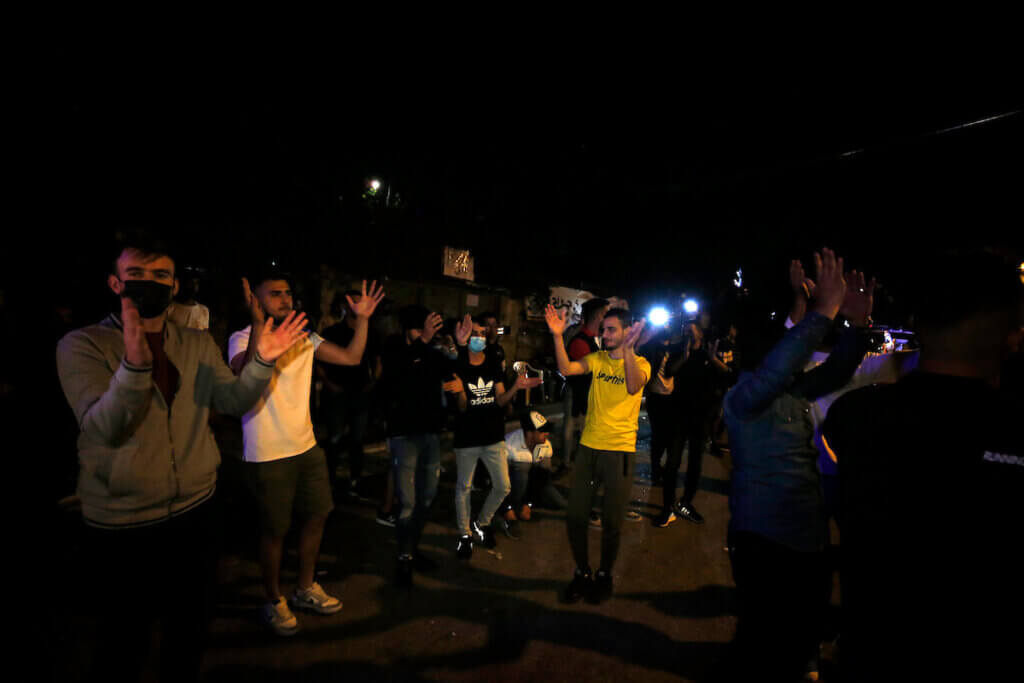
The plight of a new Palestinian generation
The status quo across Israel/Palestine, manufactured by decades of Zionist policies, is neither sustainable nor by any standards acceptable. Young Palestinians are growing up to find themselves inevitable targets of Israeli Apartheid, as a recent 200-page report by Human Rights Watch concludes. As any other people would, Palestinians squarely reject such fate. It cannot be accepted by the international community, either.
Faris Amer
Faris Amer is a Palestinian activist and student of Economics at the University of Jordan in Amman.
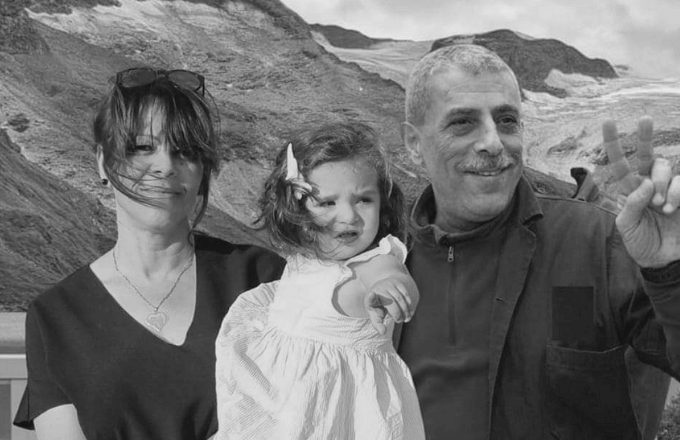
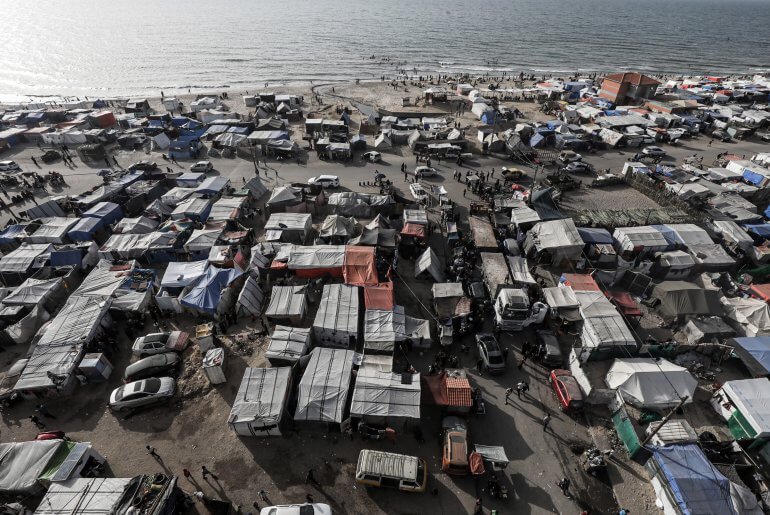
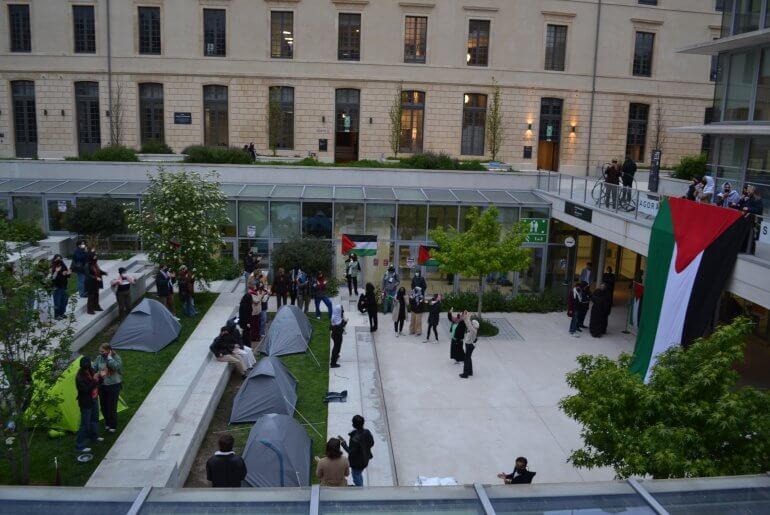
I think the Palestinians, especially the young ones, are no longer under the illusion that if they keep their heads down they won’t lose so much. Israel has made it plain that they intend to take everything.
For the record:
Palestine prior to the arrival of foreign Jewish Zionists:
In 1882, Jewish land ownership in Palestine totalled only 0.09 per cent while 99.9 per cent was Arab Muslim and Christian owned or public and state land. (Clifford Wright, Facts and Fables, p.185),
Over the centuries relations between the three monotheistic faiths had become especially harmonious in Palestine. This was due largely to the reverence Islam held for the Hebrew prophets and the tradition of Christian pilgrimages to biblical sites. The Arabic inscription over Jaffa Gate (the western entrance to Old Jerusalem) reads:”There is no Lord but God and Abraham is his friend” and throughout the country there were Muslim mosques and shrines honoring the Hebrew patriarchs. Palestinian Muslims celebrated religious festivals honoring the Jewish prophets and often gave Hebrew first names to their children. In order to quell inter-Christian rivalry over access to the Holy Sepulchre, Saladin initiated what is now a 800 year tradition of entrusting its keys to a Muslim family. (Harvard Prof. Khalidi, Before Their Diaspora, p. 32)
” On the evening of 10 June 1967…the Israeli military performed the first significant urban transformation in the Occupied Territories, flattening the entire Maghariba (North African) Quarter, which was located immediately in front of the Wailing Wall…This destruction was undertaken in order to make way for an enormous plaza extending between the Jewish Quarter and the Wailing Wall….Chaim Herzog…took much of the credit for the destruction of this densely populated neighborhood, home to several thousand people…After the complete destruction of the Maghariba Quarter, the military set about evacuating the 3,000 Palestinian refugees from the 1948 war who had settled in the Jewish Quarter…”
pages 37, 38 of “Hollow Land” by Eyal Weizman.
It seems to be escalating as there has just been an explosion in Jerusalem.
“At least 20 people have been injured, some seriously, after a bomb explosion hit a crowded bus stop in central Jerusalem, Israeli officials have said.
Witnesses said the force of the blast – just after 1500 local time (1300 GMT) – shook buildings over a wide area.
The BBC’s Wyre Davies, at the scene, described the situation as one of “utter chaos”
It is frightening to think that unarmed civilians are now going to face the brutality of the IDF and the ensuing violence. Wait for it, soon we will be hearing about the US government asking for restraint, and will show “deep concern” as people are attacked or killed.
So much falseness in this article that is suggesting Palestinian rights trump over all. The facts don’t seem to matter to pro-Palestinian propagandists.
Israelis are not trying to acquire property in Sheikh Jarrah, but just want to regain control over what they believe legally belongs to them. In 1875, Rabbi Avraham Ashkenazi and Rabbi Meir Auerbach acquired the land in question from Arab sellers. Shortly before Israel’s War of Independence, in 1946, two Jewish non-governmental organizations moved to register the deed with authorities in what was then British Mandatory Palestine.
Few media mentioned that Sheikh Jarrah is also known as Shimon HaTzadik, named after the Jewish High Priest during the Second Temple period, whose tomb is located in the neighborhood. After the war in 1948, Shimon HaTzadik came under the control of Jordan, which expelled the local Jewish population and gave the resulting vacant houses to Jordanian citizens, who paid rent to the Jordanian Custodian.
In the 1970s, after Jerusalem was unified under Israeli sovereignty, Va’ad Eidat HaSfaradim and Va’ad HaKlali L’Knesset Yisrael reclaimed their ownership with the Israeli Custodian of Absentee Property. In 1982, the Palestinian residents of the property – including the parents and grandparents of some of the current occupants – signed an agreement confirming that the Israeli NGOs were the rightful owners.
In the early 2000s, these two Israeli non-profits sold the land to the Nahalat Shimon organization. The Palestinians occupying the dwelling were nevertheless allowed to continue living there and enjoyed “Protected Residents” status. However, by law, the tenants were required to pay rent to Nahalat Shimon. It was only after the Palestinian residents refused to do so — and instead illegally expanded the property and rented out spaces to third parties — that Nahalat Shimon initiated eviction proceedings that have gone on interminably.